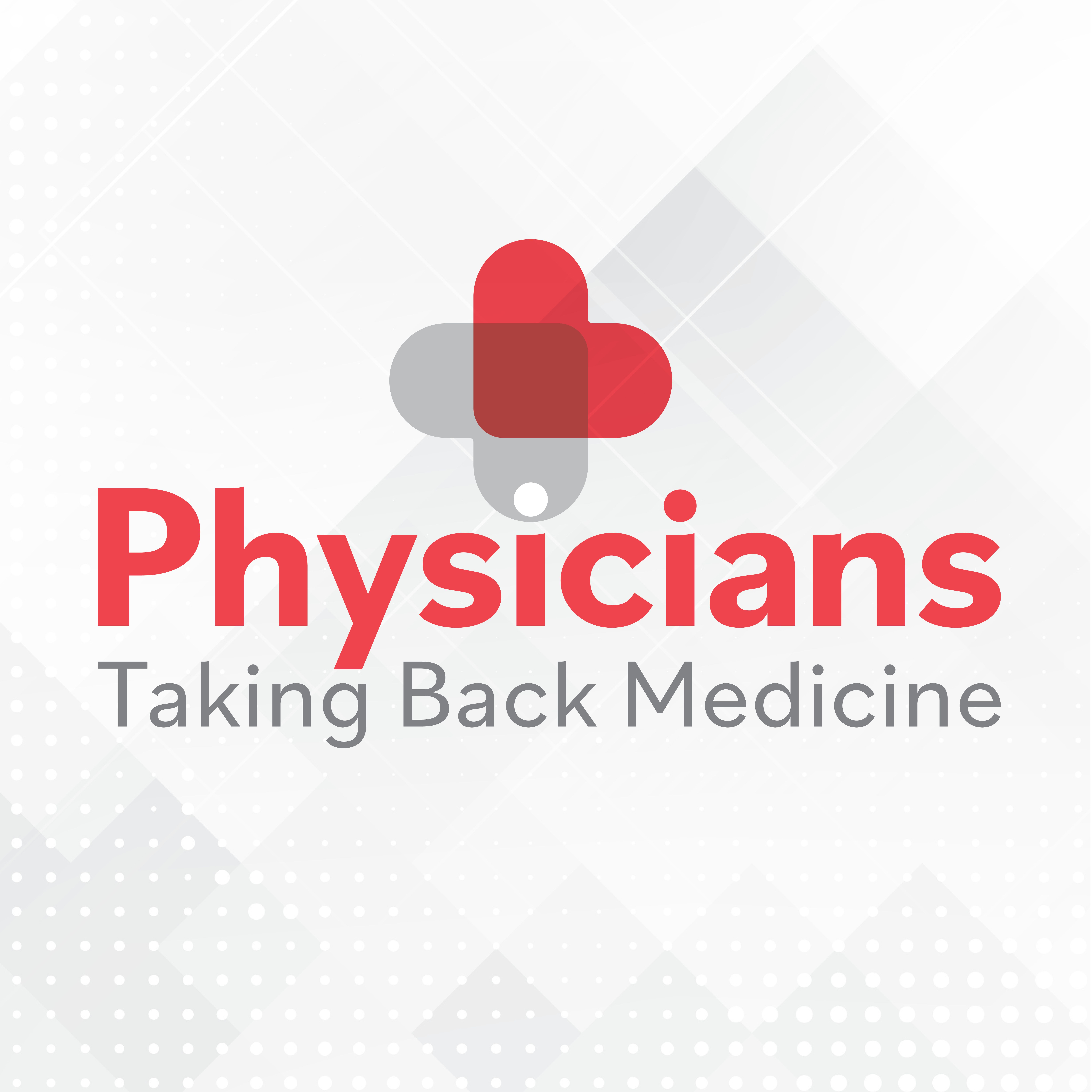Blog
Article
Here's what "radical transparency" on health care can look like
Key Takeaways
- The Trump administration's transparency initiative seeks to empower patients with clear healthcare pricing information, but compliance from hospitals and insurers remains uncertain.
- Hospitals and PBMs are criticized for their lack of transparency, contributing to inflated drug costs and hindering patient access to savings.
Without clear pricing, patients can end up paying thousands more than necessary.
Sally Pipes: ©Pacific Research Institute

"Radical transparency" has become a favorite phrase of the Trump administration. The president recently signed an executive order that aims to "empower patients with clear, accurate, and actionable pricing information."
If hospitals and insurers comply -- and that's a big if -- patients will finally be able to shop for the best value in health care, just as they do for other goods and services.
But the administration can go further. It can insist that hospitals and pharmacy benefit managers disclose the size and scope of the discounts they secure on prescription drugs -- and ensure that ordinary patients get those savings.
Hospitals have treated pricing like a state secret for years. They've routinely ignored federal rules requiring public disclosure of their prices. A 2024 federal audit found that 46% of hospitals had failed to adhere to the requirements.
It's not hard to understand why. The price discrepancies for identical care are embarrassing. A 2024 report showed that prices for total knee replacement in Cleveland-area hospitals ranged from $3,756 to $10,231 -- nearly a threefold difference.
In the Philadelphia area, a colonoscopy can cost as little as $2,175 at one hospital and as much as $10,400 at another. An MRI might range from $1,100 at one provider to $3,300 at another.
Without clear pricing, patients can end up paying thousands more than necessary.
Insurers, too, have little incentive to be transparent. They don't want their competitors seeing the deals they've secured with providers. And they'd rather keep beneficiaries in the dark, paying high deductibles and opaque co-pays.
People should be able to compare prices across providers as easily as they do when shopping for a car or booking a flight. If one provider charges double what another does for the same service, patients deserve to know.
Only in health care is such "radical transparency" considered novel.
But President Trump should not stop there. He should turn his attention to two of the least transparent entities in health care: hospitals that participate in the federal 340B program and PBMs.
The 340B program was designed to allow hospitals serving low-income patients to buy heavily discounted medications and reinvest the savings in patient care. But many exploit the system by reselling discounted drugs at full price and pocketing the difference while providing minimal charity care.
A 2023 analysis found that nearly 70% of 340B disproportionate share hospitals devoted less of their net patient revenue to charity care than the national average of 2.5%. Over one-third allocated less than 1%.
Discounted drug purchases through 340B surged to $66.3 billion in 2023 -- a 23% increase over the year prior. This unchecked growth acts as a hidden tax on employers and patients, who end up paying marked-up prices for drugs rather than the discounted prices they'd get from a conventional negotiation between health plans and providers.
Unless hospitals are required to disclose how they use 340B funds, the program will continue to be abused.
PBMs also profit from opacity. These middlemen negotiate with drug manufacturers on behalf of insurers. In exchange for favorable placement on a health plan's formulary, or list of covered drugs, they extract discounts and rebates from drug makers. In 2023, the value of those discounts was $334 billion.
Their compensation is based in part on the size of the discounts they secure. That gives them an incentive to favor drugs with high list prices and big rebates over those with lower prices.
This system is not in patients' interests. Their cost-sharing obligations are typically based on a drug's list price, rather than the lower net price their health plans pay. Patients may end up forking over hefty sums at the pharmacy counter -- even as their health plan enjoys the benefit of a hefty rebate.
Fifty percent of the cost of medicines goes to entities that don't make the medicines. The overwhelming majority of that 50% goes to 340B hospitals and PBMs. President Trump and Congress ought to make sure that the savings that 340B hospitals and PBMs extract from drug-makers go to patients.
Enforcing price transparency in health care will reduce costs and improve quality for patients. President Trump must keep this principle at the heart of his healthcare reform agenda.
Sally C. Pipes is President, CEO, and Thomas W. Smith Fellow in Health Care Policy at the Pacific Research Institute. Her latest book is The World's Medicine Chest: How America Achieved Pharmaceutical Supremacy—and How to Keep It (Encounter 2025). Follow her on X @sallypipes.





